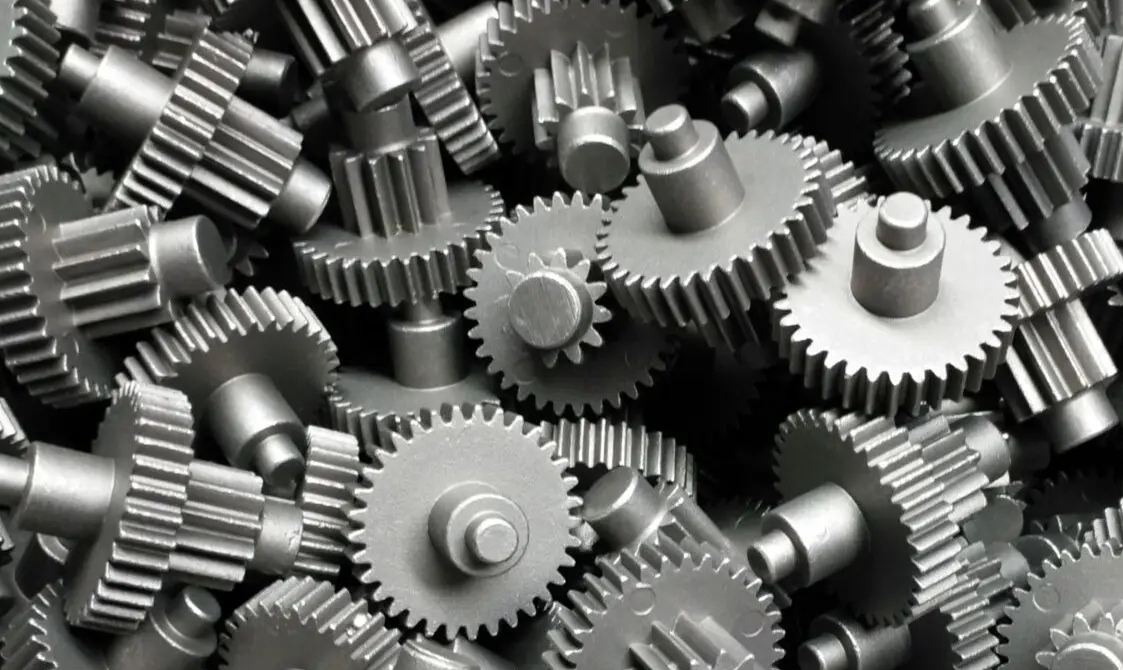
Stainless steel castings are made of various stainless steel materials by investment casting (stainless steel investment casting).
Stainless steel castings, is the general name of steel castings produced by various stainless steel materials, mainly used in various medium corrosion conditions. As early as 1910, it was found that steel with Cr content of more than 12% had good sum properties. Typical stainless steel contains one or more alloying elements, such as Ni, Mo, Cu, Nb, Ti and N2, in addition to more than 12% Cr.
Stainless steel casting is made with fusible material meltability mold, on which the tailor-made refractory coating, coating geometry layer after dry and hard to form a whole shell, reoccupy steam or hot water from the melt in the shell mold, and then put type shells in the sand box, fill around the modelling of dry sand, very will be cast into the furnace after a high temperature roasting, cast type or shell after roasting, A casting is produced by pouring molten metal into it.
Stainless steel casting products obtained tight, complex, close to the parts of the finished style, can not be processed or rarely processed, is an excellent process technology in the casting industry, its use is very broad. It is not only suitable for the forging of various types and various alloys, but also produces castings with higher dimensional accuracy and surface quality than the forging technology. It can even be used for the complex, high temperature resistant and not easy to process castings that are difficult to achieve by forging technology. Stainless steel casting can be used.
1、First, investment casting has a wide range of adaptation, is not limited by investment casting size, thickness and shape complexity, and the production mode is convenient.
2、Second, it can use common materials and can make use of a large amount of scrap metal and recyclable resources. Compared with ordinary forging, it consumes less.
3、Three, the casting has the corresponding dimensional accuracy, processing allowance is small, saving processing time and metal materials.
4、Four, the cost is ok, the comprehensive economic performance is good, the energy consumption is not high, the consumables are few.
1、fair wall thickness. Under the condition of meeting the small wall thickness of casting, it is possible to be a little thin, that is, to melt metal has good activity, and to avoid casting defects caused by excessive shrinkage (such as shrinkage holes);
2、uniform wall thickness. It refers to the uniform cooling speed of the wall thickness of each part. Wall partition thin, wall should be thick. Objective: To reduce stress, deformation and cracking; Prevent hot joint from producing shrinkage cavity;
3、Transition connection. Rounded corners: avoid the formation of hot joints; Stress distribution; Avoid sand mold damage and sand hole. Uniform handover: when the wall or ribs of the casting in different directions are connected, metal aggregation (hot joint) should be avoided and shrinkage cavity is produced. Use rounded corner, inclined plane, cone gradually transition purpose: to prevent stress concentration and cracking;
4、 large plane tilt. Objective: To use filling and exhaust screening;
5、 reduce the deformation. (the same as heat treatment) symmetrical structure, reinforcement ribs;
6、 Free contraction. Objective: To reduce stress cracking and deformation caused by shrinkage stress.
Stainless steel casting refers to the general term for the casting process to obtain accurate dimensions. The size of stainless steel castings is more accurate and the surface finish is good. It includes: investment casting, ceramic mold casting, metal mold casting, pressure casting, lost mold casting. Stainless steel casting products, complex, close to parts and then shape, can not be processed or little processing is directly used, is a near net form of the process. Repeat the process of dipping fire-resistant coating and spraying fire-resistant sand on the investment mold, hardening shell and drying; Then melt the internal mould to get the cavity; Roasted shell to obtain enough good degree, and burn the residual investment material, casting the required metal material; After solidification and cooling, sand removal after shell removal, the finished product with good precision can be obtained. Heat treatment and cold working and surface treatment as required.
In order to prevent the defects of casting steel such as insufficient pouring, shrinkage cavity, shrinkage porosity, cold isolation, crack and sand sticking, stainless steel casting needs to take more complex technological measures than cast iron in the process of use. Due to the poor fluidity of liquid steel in stainless steel casting, in order to prevent cold insulation and insufficient pouring of cast steel in the process of use, the thick wall of large cast steel can not be less than 8mm, and the structure of the pouring system strives to be simple and the size of the section is larger than that of cast iron. Stainless steel casting will be because of the high pouring temperature, the superheat of the molten steel, in the process of use need to keep liquid for a long time, in the process of use its fluidity can be improved.
In construction machinery and corresponding mechanical products, the use of precision casting parts can not only achieve some non-machining precision requirements, but also to manufacture some difficult to process parts, reduce some unnecessary welding and processing difficulties.
For example, the processing of a shaft gear normally requires a steel rod with the same outer diameter as the gear, which is very difficult to process. If investment casting parts are used, the waste of materials and mechanical processing can be greatly reduced.
Contact: Terry Zhang
Phone: +86-13515399527 (Whatsapp/wechat)
E-mail: zhang@senjiagroup.com
Add: No 106 Jinqueshan Road, Linyi, China